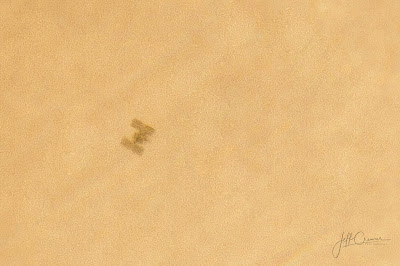Photographing Cowboys On A Cattle Drive

Had an awesome experience today. Got to drive 600 head of cattle with everyone at Red Top Ranch. One of the best experiences I have ever had in my life. The ranch is 97,000 acres and has a total of 1,700 cows. We moved about 140 of them to a new section of land so they would have better access to water since one of the wells was having a few problems. The cows are Angus and are primarily used for beef. The ranch is incredibly beautiful and since there was a lot of rain this year and the prairie is carpeted with has miles and miles of wild sunflowers. All together there were 5 of us spread out over about a 1/2 mile. After we got all the cows moving and we gradually became closer and brought the herd tother so we could get them through the gate in the fence. We drove them up onto a mesa then watched them go down the other side to the section where there was better water. In addition to us there were about 5-6 cattle dogs with us. The cattle dogs would walk near the hors...


